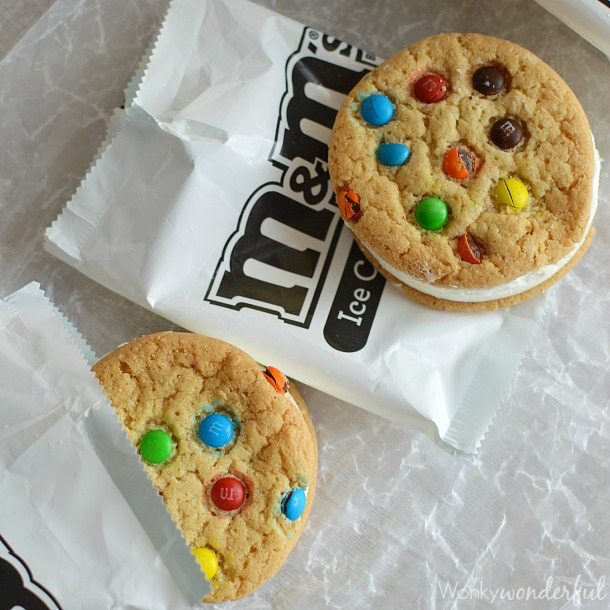I supplement the Read 180 program with many of my own lessons and activities. Two key components of my class are Newsela (which I've blogged about already) and Scholastic Action magazine.
My students look forward to getting our monthly magazine and enjoy having a tangible copy to hold in their hands. It's filled with high-interest, age-appropriate articles. Students also appreciate the colorful pictures, graphs, and charts. Although the magazines could easily stand on their own, I often like to develop my own lessons to complement them.
This month's magazine features an article called ICY HISTORY and is followed by another called ICE CREAM FOR ALL. I immediately knew I had a great excuse to bring in ice cream for my kiddos! Any excuse for ice cream!
 |
| I numbered the paragraphs for them |
I began my pre-teaching a few key words from the article. I use Kate Kinsella's method for teaching vocabulary. We then read the article using the cloze reading strategy--one of my favorites. The teacher reads the article aloud and students follow along. However, the teacher occasionally pauses and students know that they are to chorally say the next word in the text. This saves everyone from having to listen to those who don't read fluently and from being forced to read when they don't want to. Most importantly, students hear an excellent reader read the text while they follow along.
 |
| Add caption |
Students were captivated by ICY HISTORY. They especially enjoyed the pictures I showed them of old iceboxes and the story I told them about my Nana and how she had to buy ice from the ice man who came around each week on his horse and wagon!
I then provided students with a graphic organizer that I created. It had ten squares. Before class, I took the time to use a Sharpie and number each student's paragraphs in the article. I grouped of few of them together. I then told them to go back to the text and reread it. I instructed students to create a quick sketch to represent each paragraph. I reassured them that they would not be graded on their "art". I modeled the first paragraph with them. Once they finished their ten sketches, they were asked to go back to each box and create a caption or sentence to match it.
 |
| Ice Delivery of the Past |
Next, I showed them a Youtube video on the history of ice cream. Then, we read the second article on ice cream. They recognized why the first article complemented the second so well. Without ice, there would be no ice cream!






Comments
Post a Comment